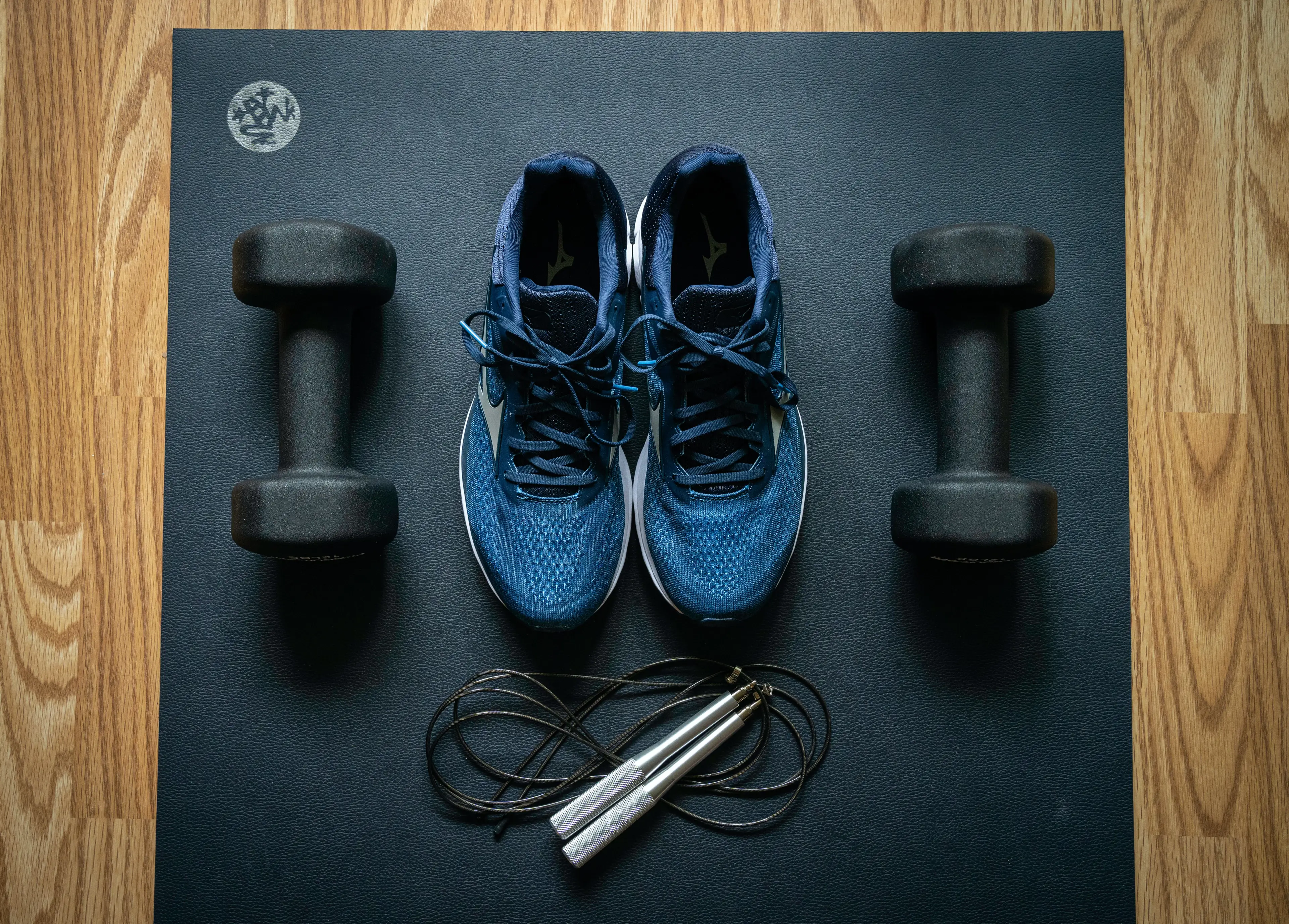
Caption here
Trends & Insights
1 Mar 2021
6 Min Read
The Digital Fitness Revolution: Key Trends & Sector Shifts for Future-First Fitness Brands
Digital fitness has been on the up and up for a while now, only expedited by the seemingly endless lockdowns we experienced throughout the pandemic’s peaks. From AI-enhanced everything to the sector’s ongoing gamification, get to know all the trends and sector shifts for the short, medium and long term.
A quick pulse check of the MOF office — figuratively not literally — reveals two surprising facts: first, that absolutely loads of us are covert fitness freaks (outside of our monthly and quite aggressive five-a-sides) and secondly, respective loyalties to brands in the fitness space border on cult-like.
It makes sense. Health and wellness are major facets of lifestyle, now more than ever — especially in the budding weeks of a new year. Our daily hour of exercise became many’s solace in the long days of lockdown and while the exact parameters haven’t endured, the value of physical wellbeing has been renewed in the collective mind.
As with all of our consumer choices, where we gym contributes to our perception just as much as where we work. Due to the COVID-induced anthropomorphic pause, brands who once exclusively served in-person were forced to pivot; crafting innovative solutions for their locked down audiences through new and unfamiliar channels.
Extraordinary circumstances generate extraordinary outcomes and the last couple of years have transformed the ways we live, play, work and work out.
The fitness industry has sustained the momentum it found, continuing to see high investment as we all strive to get a regular health hit. Wellness-centric technology continues to drive new forms of connection, media consumption and physical activities as the sector enjoys a highly engaged audience with a serious appetite for the latest and best.
For brands looking to head future-first into the post-COVID era (PCE) without succumbing to the blink-and-you’ll-miss-them trends, we’re breaking down the enduring concepts, rising threads and emerging shifts defining the luxury fitness and wellness sectors well into 2023 and beyond.
Key Trends for Future-First Fitness Brands
ENDURING
1) Increasingly Wearable Wearables
Once only worn by seriously keen athletes, wearable technology has become congruous with style. And thanks to rapid uptake and breakthrough innovation, the category is diversifying from the expected wristwear to next-gen eyewear, headwear, footwear, bodywear and more — with inventors and innovators studying the human anatomy to work out the next limb to target.
Valued at USD 61.30 billion in 2022, the global wearable technology market is expected to expand at a CAGR of 14.6% from 2023 to 2030, so it’s no surprise brands are dedicating significant funds and resources to the cause. In particular going after much more subtle and integrated products which avoid the inconvenience of an extra bit of kit, instead acting as a seamless enhancer of wellness and exercise.
Spree, ‘the world’s smartest fitness monitor’ according to the brand’s website, has been implanted into a ‘smart cap’ which uses medical-grade technology to obtain a more accurate reading of your biometric information. Promoting its simplicity, ease and comfort, the cap requires very little ‘set up’, immediately providing intel on vitals via an app.
In a similar but more stylish vein, the Oura Ring has always stood out at the apex of fitness and fashion, claiming to be the most accurate wearable on the market. Just as traditional health tech monitors your heart rate through your finger, so does Oura.
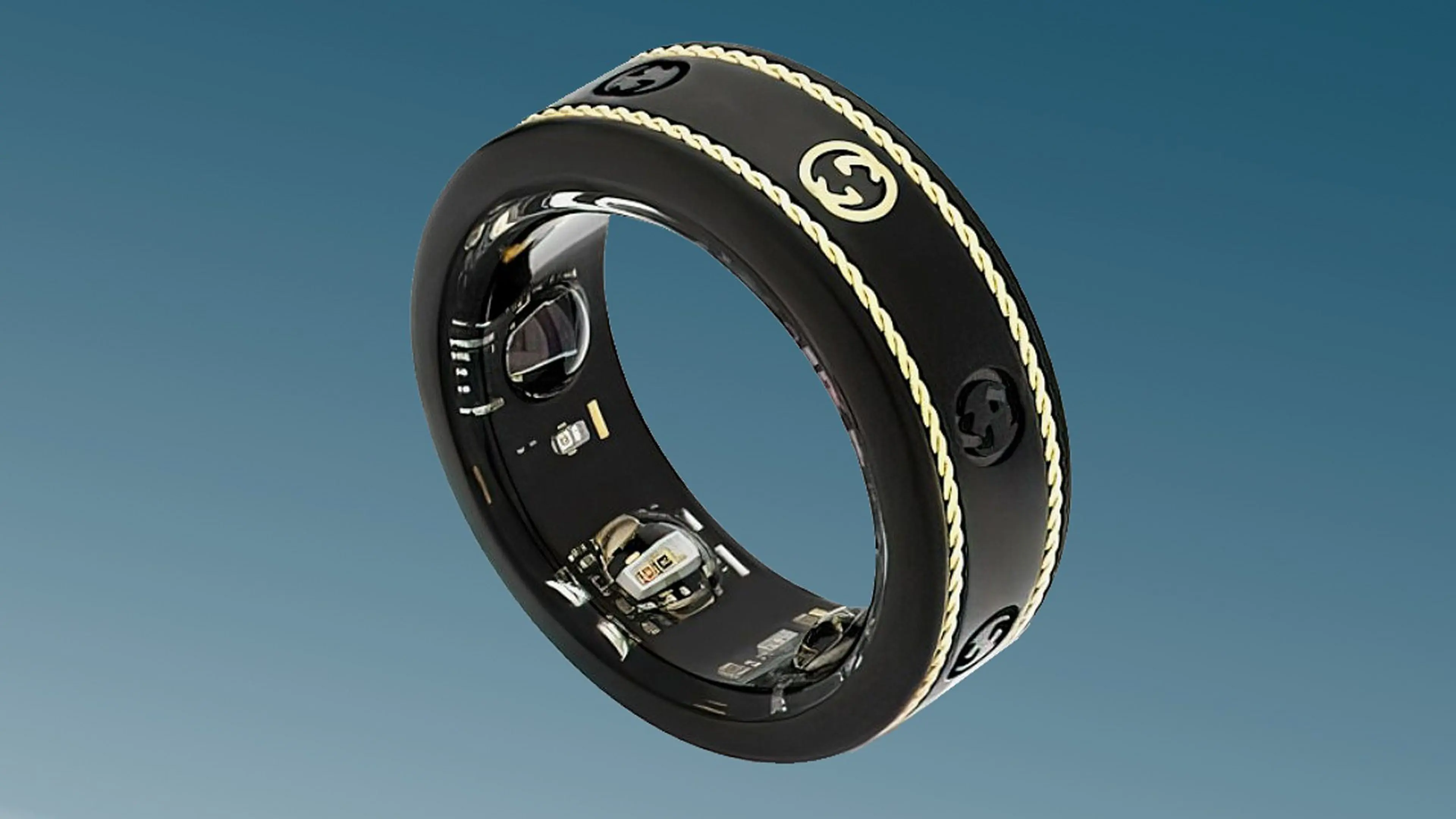

With designs and finishes to suit your style, the ring is a natural extension of your jewellery collection – just smarter. It’s a far cry from chunky plastic fitbits. You can even dial up your designer clout with the GUCCI x Ōura collection, adorned with the Italian fashion house’s iconic interlocking G’s. Unwavering in their cool-chic approach, Ōura’s cut-above branding is successfully translated in their app and digital experience, with ultra personalisation and goal-setting presented in a UI-designer’s dream. It’s as lavish as it sounds.
Less lavish, more legendary examples can be found amidst the beautiful game. In recent seasons, the likes of Harry Kane & Bakayo Saka have been sporting Apex Vests, leading to a huge surge in the product’s popularity. The FIFA-approved GPS tracker enables constructive analysis across 16 different measurements, complete with the ability to compare your stats to your favourite football pros.
The combination of athletic endorsement and the social proof of the performance-tracking’s effect, hesitations around wearables impact have reduced.
Data tracking remains one of the economic drivers of new technology in fitness with big investments from tech giants in this space — a trend which has continued post-pandemic. Combinations of athletic endorsement and the social proof of the performance-tracking’s effect has eroded the hesitation surrounding wearables resulting in a widespread willingness to share data in the interest of personal health and fitness goals.
2) Flexible Fitness: The Hybrid Model
Increasingly hybrid lifestyles have done more than just teased workforces with the dream of four-day working weeks, they’ve catalysed global calls for flexible fitness resources, specifically those tailored to balancing a ‘working out from home’ lifestyle with semi-regular gym trips. Whether it’s live-streamed classes, zoom PT sessions or end-to-end programmes that span both in-gym and at-home environments, flexibility is becoming a baseline for fitness fledglings and fanatics alike.
An empower of this lifestyle, Gympass is an all-in-one corporate wellbeing platform which gives employees unlimited access to gyms, personal training, therapy & wellness apps. Individuals can enjoy classes and fitness programmes from the comfort of their own homes or choose to visit a local gym or in-person class. A freedom which encourages individuals to take ownership of their wellness activities, finding providers and solutions that suit their specific needs, whether IRL or via URL.
Globally-loved brand Barry’s gyms, known for their heart-pounding, core-shaking work-outs, were once only available in person but can now be streamed via a comprehensive digital workout app ‘BarrysX’, allowing loyal fans to take part from wherever they are in the world. The app offers live workouts and on-demand content from which individuals can curate their own schedules to suit them. The digital experience also incorporates social networking capabilities to share remote workouts with your ‘fitfam.’
The popularisation of hybrid fitness has forced brands to build larger, less localised audiences compared to those that brick-and-mortar gyms had to focus on. Consider it an opportunity to meet, serve and positively impact clients wherever they are. No longer bound to physical locations, brand loyalty can be built constantly through the modern extension of man: smartphones.
3) Subscriptions, Subscriptions, Subscriptions.
Subscriptions, we love them. Be it Pret, Spotify or Netflix, the fitness sector is no different. In fact the subscription model slots into the sector perfectly, serving up easy(ish)-to-follow parameters for the commitment and consistency necessary for health and wellness. We all have cheat days though.
In an uncharacteristically clever move for the streaming giant, Netflix subscribers got a health kick with the launch of Nike Training Club at the end of December 2022. Just like your favourite Netflix series, the training club offers up to 30-hours of set programmes for all fitness levels to participate in from home. Led by Nike’s top trainers, all workouts are tailored to your home space with no equipment needed.
Combating the apparent lack of connection that comes with digitising fitness, the Future Fitness App ‘brings human connection to digital personal training’ through pairing individuals with expert coaches who plan bespoke weekly fitness programmes.
Matched on goals and training styles, the subscription-based app allows users to work out anywhere at any time, but with the care and support of a coach on a direct line. Through wearables, the app provides the coach with detailed biometrics to help drive performance on a week-by-week basis.
Channelling the obsession with tracking, smart-insights app Nutrisense ‘optimises your daily health performance’ through analysing blood glucose levels in real time and how this responds to ‘food, exercise, stress and sleep’.
The minimally invasive biosensor is delivered on a bi-monthly basis as dietitians work with you one-on-one to decode your glucose data. Continuous Glucose Monitors (CGMs) were originally developed for people with Type-1 diabetes, but are now being marketed at a consumer level to ‘hack’ your body for enhanced performance. Why not?
Ultimately, subscriptions enhance consistency, key to growth and change. Brands whose product/service supports buyers on their physical (and potentially quite emotional) journey with fitness through continued support, guidance and perks over time will be rewarded with rock solid loyalty, while users get rock solid abs.
4) Gamification. Ready Player One.
The very nature of sports and fitness has always been gamified, but digital tracking has expedited the ability to compete with like-minded communities.
Peak lockdown, Strava became one of the Top 10 App Downloads on Apple, with uptake pushed by initiatives like Couch to 5K. Digital running clubs became a calling card of pandemic fitness as the app’s shared leaderboard encouraged individuals to beat their personal bests as well as friends, colleagues or family members — all exacted with a healthy competitive edge to foster motivation and a sense of achievement.
Now, before reading on, please swallow any mouthful of water/tea/coffee.
Building on the idea of joysticks (no pun intended) and other conventional gaming devices, Perefit is ‘a Kegel exerciser that lets you control video games with your pelvic floor’ through a device and connected app, leveraging gamification to simultaneously breaking down stigma surrounding female health while crafting a playful, educational form of exercise.

Recommended by female health professionals and enhanced with clinically-proven biofeedback technology, Perefit offers seven training programmes to help with everything from pelvic floor prevention, incontinence to postnatal recovery and sexual wellness.
Another fitness/gaming innovation is the Capti Bike, having partnered with Epic Games to deliver 3D video game-level graphics on the equipment’s display screen. The bike features 50 maps and 350+ miles of graphics, simulating the experience of riding outside through Terrain Adaptive Resistance. Users can unlock different ‘game worlds’ and levels to challenge themselves, from the real to the unreal.
““The beauty of Capti is that it gets you fit by accident. Users can opt to ride through snow-capped mountains, or play fun coin capturing games. Capti makes fitness feel like play for the modern fitness household.””
Gamification is a powerful motivational tool to drive results, whether it’s competing against a computer, your past self or your friends. Brands that create this play-to-win incentive will do so themselves.
RISING
1) Membership Clubs & Cult Communities
The PCE (post-COVID era) has noticeably brought on a deeper convergence of private member clubs and wellness-centric products, services and lifestyles.
Many gyms have taken on an ultra-exclusive club-like positioning to attract the discerning customer by offering luxurious hotel-like experiences, from the quality of towels in the changing rooms to dark-and-sexy studios and spa-like surroundings to exude an aura of self-care.
Thirdspace membership comes with a hefty price tag, but also with the aesthetics and elegance expected of a five-star-hotel. Described as an ‘urban sanctuary’, U/HNWIs can find peace and comfort in the heart of London’s most ‘glorious, maddening’ areas including Canary Wharf, Soho, Tower Bridge & Moorgate — designed specifically for those who want their gym to be as luxe as their lifestyles.
For Gen Z, private health club KX in Chelsea launched their sister club KXU, available to join on a pay-as-you-go basis in line with the baseline flexibility expected by younger audiences. Picture an industrial-disco nightclub and you won’t be far off the real thing.
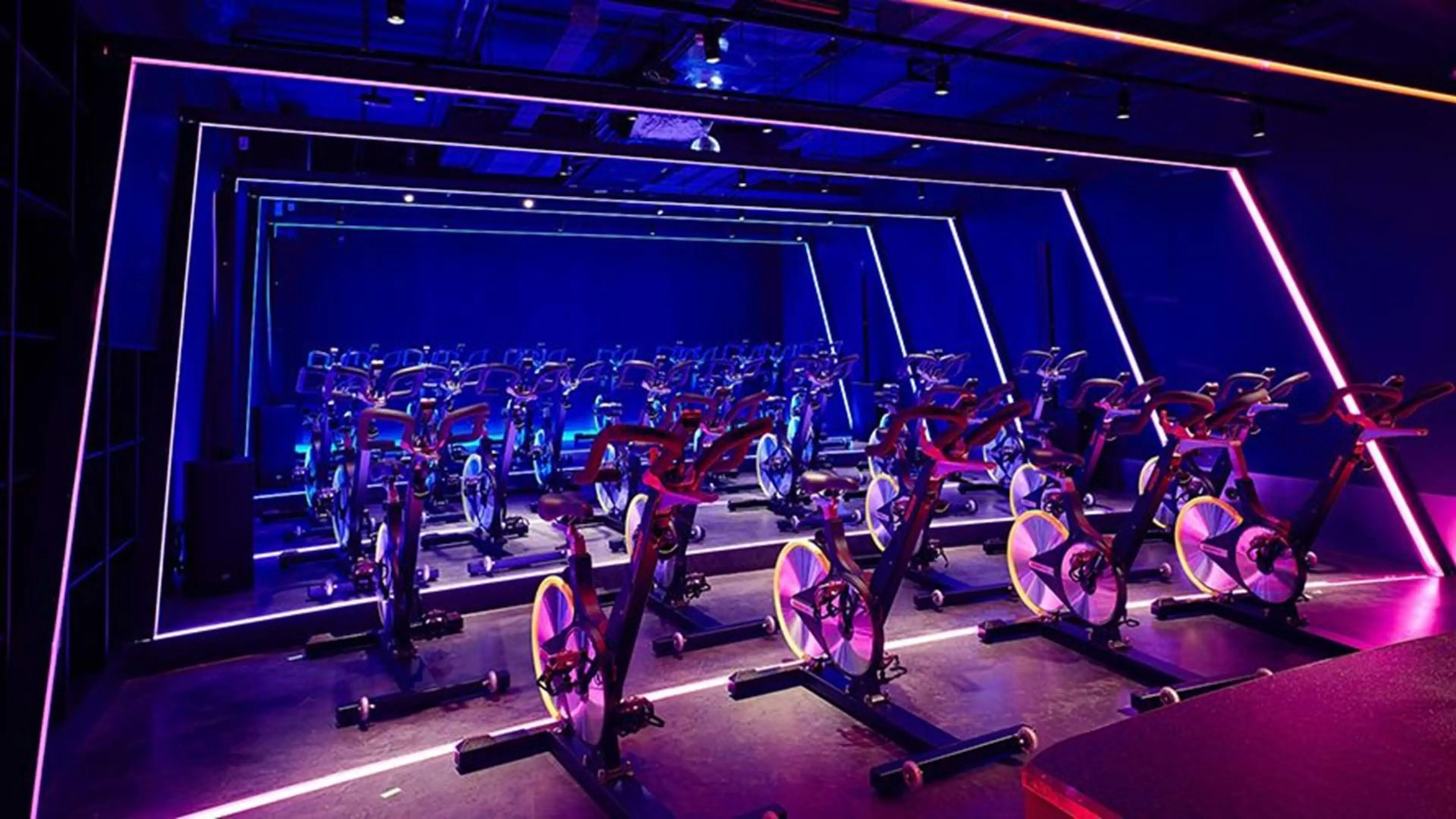
A stimulating scene of blaring music, mesmerising light shows and instructors that double as models. Done badly, these features could be seen as primed for distraction — something not many gym-goers seek out — but at KXU it drives performance.
At the other end of the spectrum, The Clock Gym in Marylebone firmly sits within the boutique category, focusing on ‘time-intelligent training’. As noted by Listique, ‘the wood-panelled interior and shiny copper equipment creates a warm sense of sophistication that is more reminiscent of a Chelsea private members club than a place for high-intensity training.’ Workouts are kept to 25 mins, perfect for time-strapped professionals looking to keep on top of their fitness.
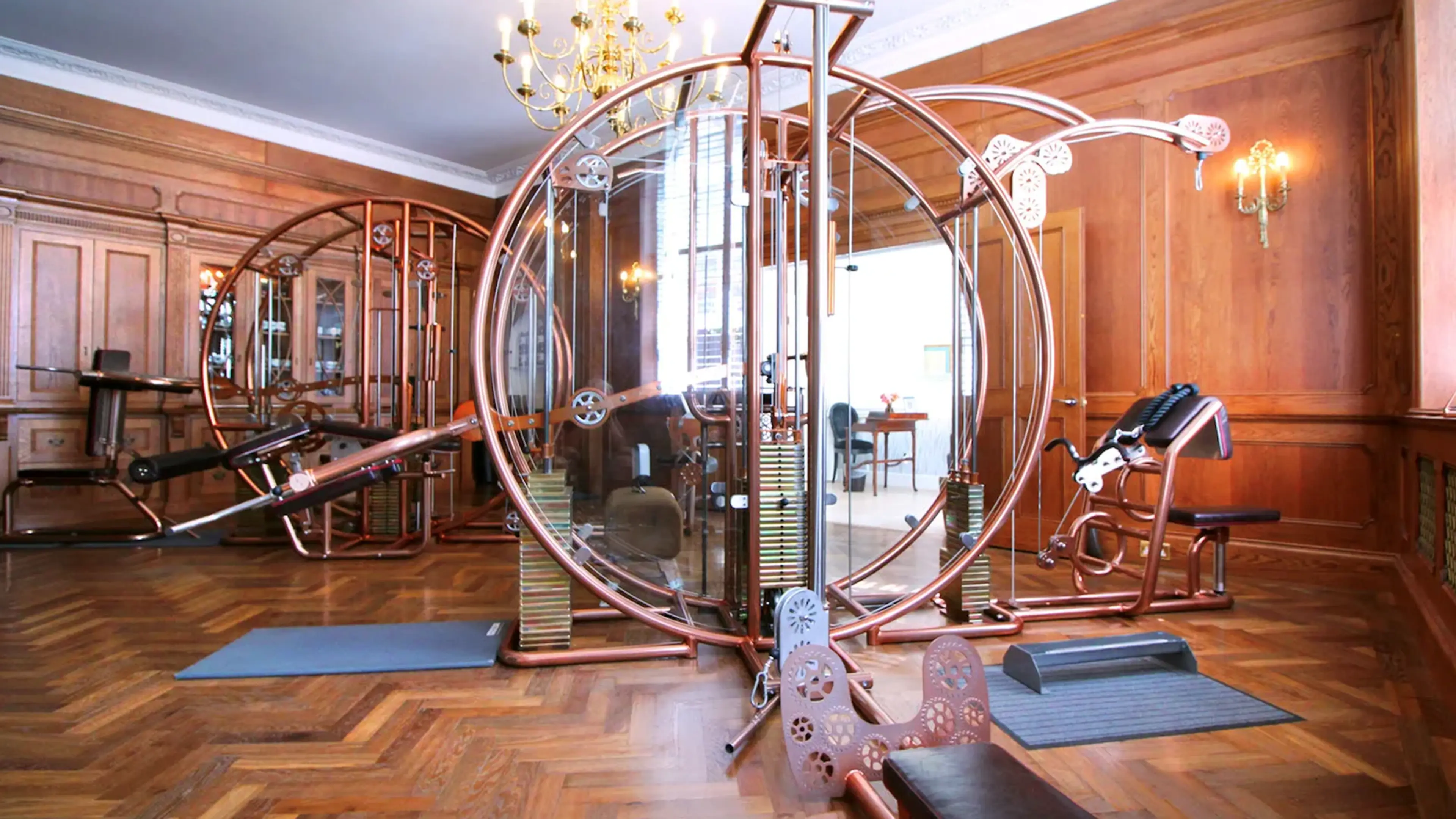
The South Kensington Club is a more traditional ‘social wellness’ hub, boasting an informal, relaxed approach to health and fitness. Clients are able to enjoy all their needs (gyming, working, dining) under one beautiful townhouse roof. Their model dilutes the need for multiple memberships, offering end-to-end experience and a more subtle approach to wellness with privacy at its core.
As with all memberships, an individual’s selection indicates their personality, interests and lifestyle. They’re carefully chosen, mindful of the associations and community they are deemed to be a part of. Take inspiration from hospitality brands targeting similar demographics to define your CX, level up your service and find optimal spaces to innovate within.
2) Artificial Intelligence. Real Gains.
Perhaps the most revolutionary progress in fitness is being made by AI, allowing for hyper-personalisation and realistic yet motivational goal setting. The ability to tailor programmes to suit our individual energy levels, hormones or muscle elasticity through predictive AI has transformative potential for fitness, tapped into by many.
Fitness AI empowers users to get stronger with personalised workouts — adjusting difficulty, reps and sets in real time through algorithms. The app hopes to be a more cost-effective route compared to personal trainers, mimicking human connection as the data gets to know the user better over time, pushing their potential to new heights through machine learning and analysis.
AI can also track human posture and poses live through computer visioning and keyboard skeleton modelling. ‘Human Pose Estimation’ modelling can identify human joints and provide advice for more optimal exercise methods, adding a new dimension to remote workouts and personal training through corrective feedback.
No need to stress out over robot PTs dominating the space, but machine learning will be an effective tool for those looking to hyper-personalise their workouts through science-backed algorithms. Expect to see it woven into the hybrid model of fitness and training imminently.
3) Designer Gym Equipment
The home gym reached dizzying heights during COVID: basements, garages and studies became shrines to bettering ourselves, dumbbells, pelotons (pre-And Just Like That setback) and yoga mats galore. The one thing in common with the varying lumps of equipment? Unsightly, large and weighty – not exactly matching your best silver.
And we’re not the only ones who’ve noticed. Plenty of brands are looking to remedy the seemingly innate ugliness of gym equipment by designing state-of-the-art apparatus you’d be happy to place next to your art collection. The Ciclotte Crystal Exercise Bike in particular, a futuristic sculpture-esque machine, defies all expectations and will set you back a cool £14,000.
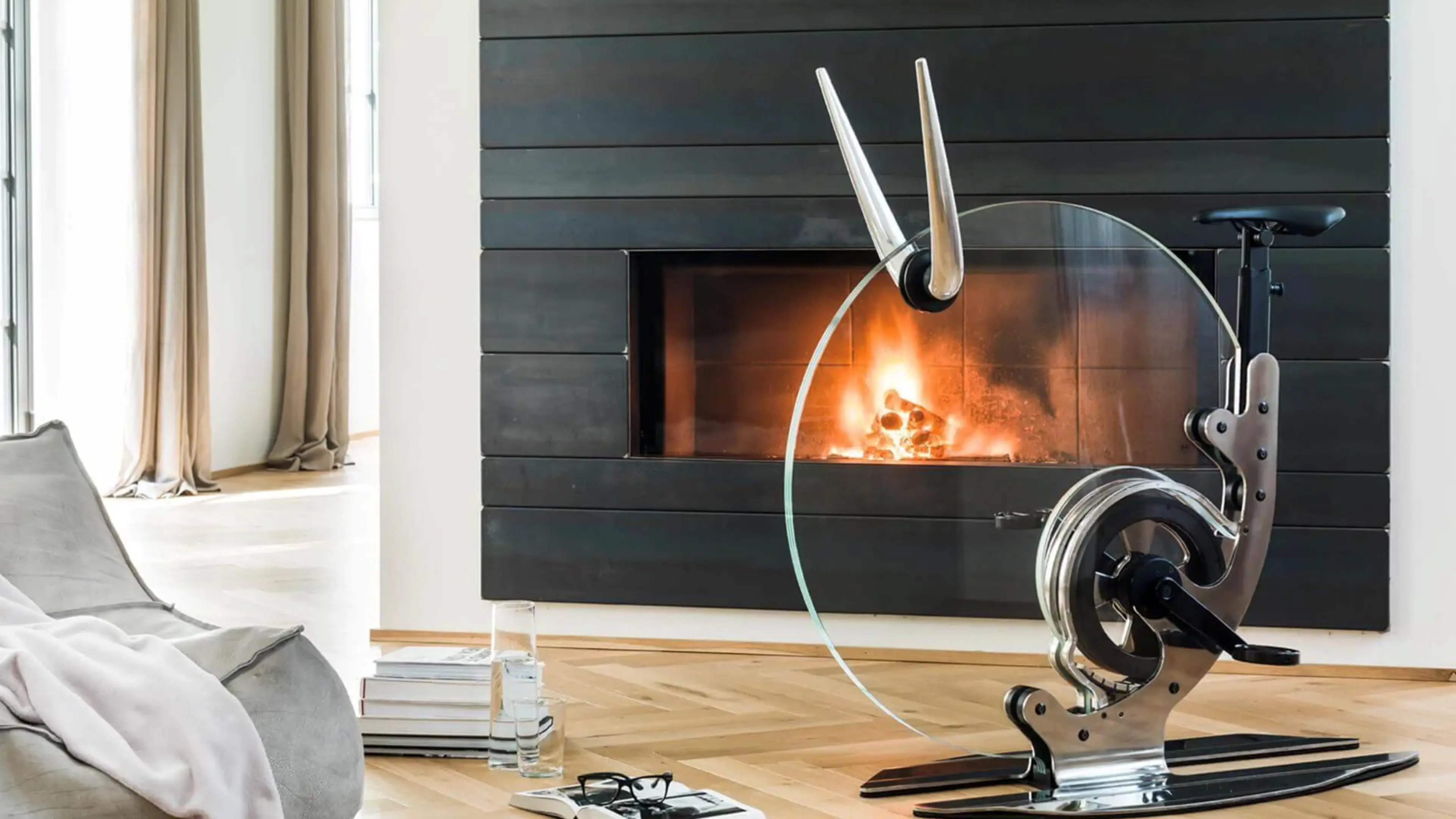
Another brand that has seen much popularity is NOHrD (pronounced nord), a manufacturer of aesthetically pleasing and beautifully crafted wooden equipment. From their ‘Sprintbok’ running machine to the water rower, their designs are elegant without compromising on ergonomics for performance.
LuLuLemon acquired Mirror back in 2020 to productise their famed workouts. A mirror when off, an incredible HD screen when on — the smart device enables users to perfect their technique with visual correction via their reflection while a live-streamed instructor utilises a built-in camera system and the Human Pose Estimation software mentioned previously to provide feedback.
As hybrid fitness becomes the norm, as will the demand for more aesthetic equipment to neatly align with various interior trends. Brands that combine functionality and performance with beautiful design will reap the rewards.
EMERGING
1) Virtual Reality: 3D Fitness
A fun, futuristic offshoot of the rise in wearables, the joint ‘headwear and eyewear’ category is ‘estimated to be the second-largest and second-fastest-growing product segment from 2022 to 2030.’ Uptake in VR headsets is gradually increasing too, driving an appetite for simulated 3D experiences across every aspect of life - including exercise.
Capitalising on the innovation are the team at the Lanserhof Arts Club, Mayfair — ‘a place to access cutting-edge medical health and wellness services while experiencing the finesse and care of The Arts Club, London’s most exclusive private members’ establishment.’
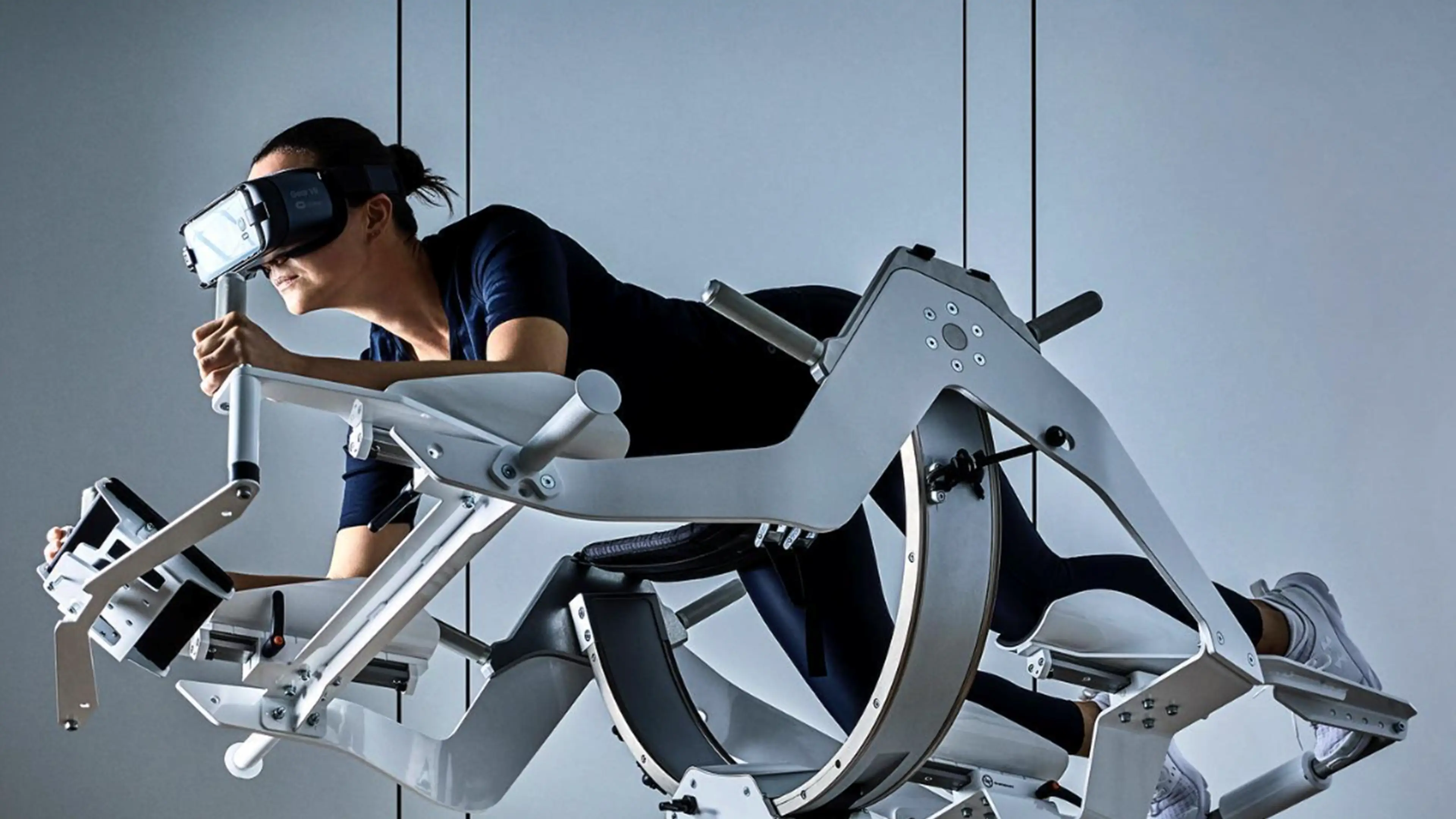
Lanserhof offers the ICAROS workout, enabling members to fly, dive or drive through virtual worlds within a transformer-esque weighted machine.
‘Training different muscle groups, focusing on core and upper body muscles, these workouts simultaneously improve reflexes, balance and coordination abilities.’
Closer to home, Meta’s OCULUS unveiled an Oculus Move app which allows users to track the number of calories they burn unintentionally as they take part in physically-active games, even allowing them to set goals.
For those who are a touch more fitness conscious, Supernatural offers guided workouts hosted in beautiful locations from Mars to the Great Wall of China for VR gamers to enjoy. Routines involve a mix of ‘sweeping arm movements with plenty of squats and lunges for intense full-body workouts’.
Another player in the VR Sector is Holofit, an app that encourages exploration and adventure with the aim of physical movement.
‘Paddle through Antarctica, bike through San Francisco, or even fulfil those childhood dreams and exercise in outer space. You can explore at your own pace, or go for a guided HIIT workout if you want to crank up.’
As the world continues to adopt headsets and metaversal domains as day-to-day technology, fitness brands can simulate their ideal environments in every context, fully immersing their audience in the most adventurous and fantastical of environments.
2) Live. Work. Play. The Luxury of Space.
Despite the digital revolution’s extraordinary effect on the fitness space, an occasional return to human-centric, in-person, real-world experiences is becoming increasingly sought after.
No matter how pretty home gyms can now be, facilitated by fitness’ digital upswing, some of us urbanites simply don’t have the space for one and alternatively seek out communal spaces like classes and gyms. The hesitance for many comes in fear-led forms, desiring safe spaces that enable them to work out in both a comfortable environment and one with the space and amenities they want.
Move over sleep pods, Gympods saw your concept and raised you. ‘Spacious, private fitness pods, fitted with an array of kit, technology and POD options’ available to rent on an hourly-basis, they’re a remedy to peak gym times.
Competing for the singular set of 10kg dumbbells or being crowded during a HIIT workout is a thing of the past for Gympod loyalists. Everything is yours for the taking (not home with you, though). And perhaps, even more attractively, with total privacy to work out however you’d like.

Increasingly people are paying a premium and (painfully high) service charge for the addition of a pool, gym or spa facilities within their residential building. The countless number of new luxury builds sell themselves on their wellness facilities for utmost, luxurious convenience. Here lies a huge opportunity for digital-first fitness brands, those who rose to prominence in the whirlwind of digital’s dominance, to collaborate with hospitality brands and residential properties.
In 2021, the Sky Pool opened in Embassy Gardens to gallons-worth of hype: a swimming experience compared to flying, residents can float through the 25-metre crystal clear acrylic pool stretched between two buildings with surrounding views of London. Beyond this standout selling point, the development offers residents not one but two state-of-the-art gyms, an indoor pool with aquatic facilities, a luxurious indoor and outdoor spa.

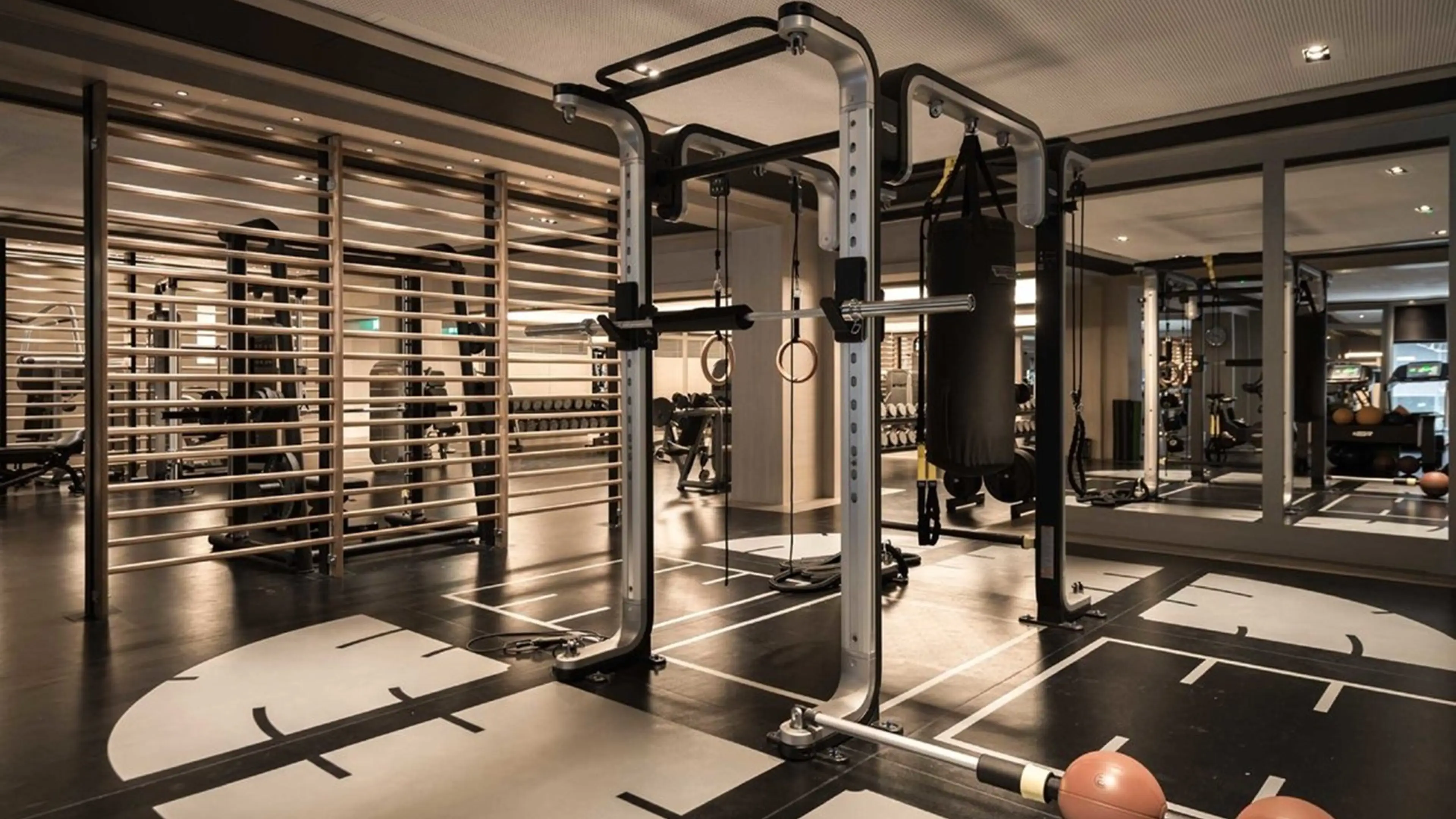
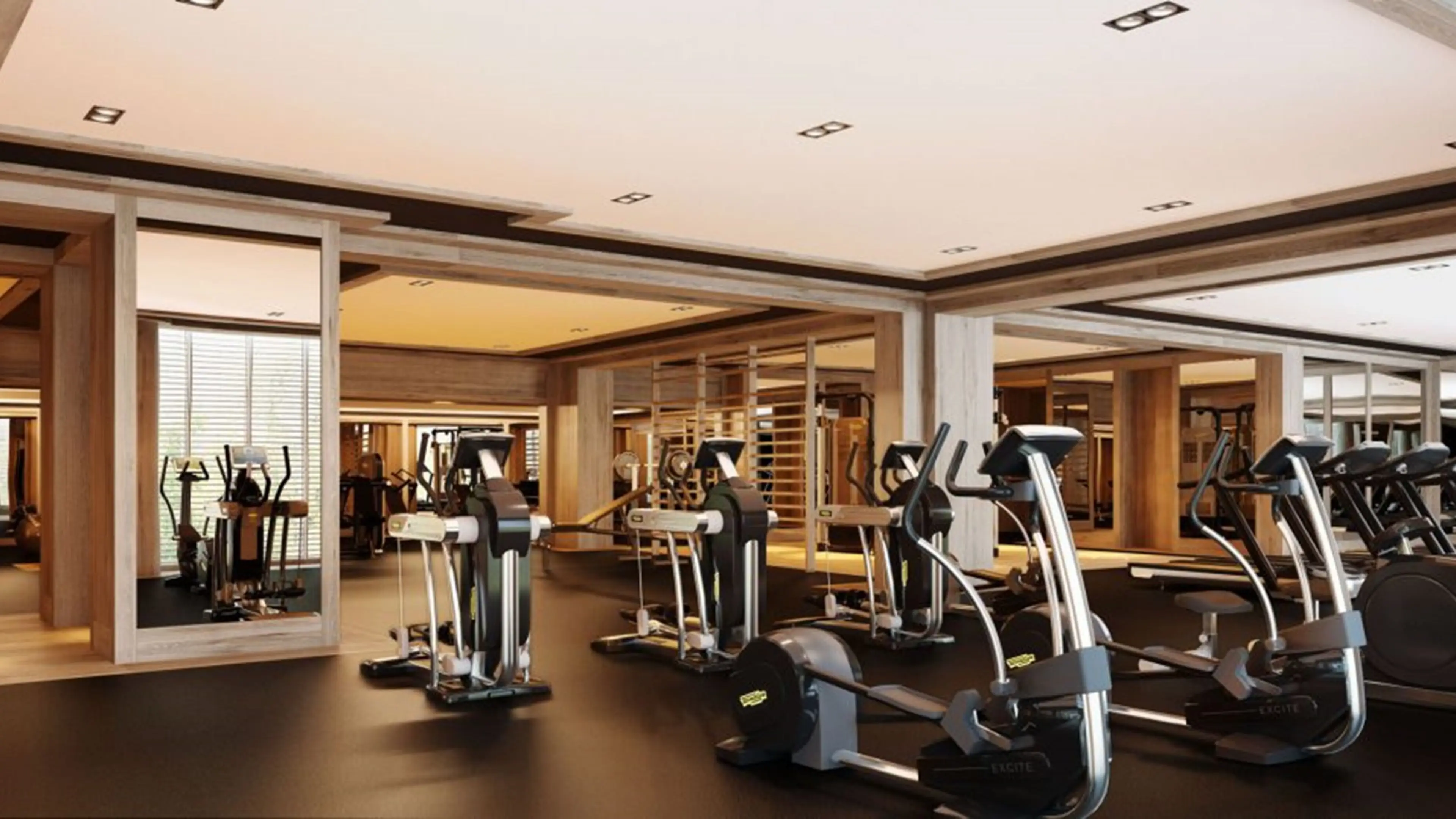
The indoor and outdoor spa facilities at Embassy Gardens were designed to give residents the feeling of being ensconced in the inner sanctuary of one of the world’s finest resorts – without leaving home.
With many developers taking note of the trend towards wellness at every turn, the competition to be the go-to amenity provider will skyrocket. As will your brand if you win the race.
5 Key Considerations for Fitness Brands
01
Be As Powerful Digitally As You Are In Person. Ensure your brand positioning is distinctive and relevant, the sector is saturated and the only way to take up space is by cutting through the noise with differentiated branding and experience. If this is strong enough, your brand presence should be authentically imbued in every single touch point, whatever the medium.
02
Take Inspiration From Hospitality. No one does experience better than five star hotels. Carefully consider your end-to-end experience by mapping your CX and identify precise points to provide exceptional service and human interaction.
03
Channel Your Tribe We’ve all got a type, your brand included. Get to know them. Romance them a little bit. Not just their wellness preferences, but what media they consume, how they shape their days and who resonates with them. It’s vital info that will inform and inspire your comms and campaigns.
04
Innovate Without Gimmick The world of VR & AI is mindblowing. But focus on meaningful innovation rather than keeping up with fads. Where are the gaps in your CX that could be bettered through technology, internal processes or training initiatives? Conceive points of innovation that contribute to an overall balance of brand and conversion. If they lean into the hype? Great. If they don’t? Faithfulness to your brand spirit is always more important than the concept du jour.
05
Balance Functionality, Performance & Aesthetics In the fitness space, excellent design and engineering goes far. In every luxury space actually. Brands who convey these three pillars in their output are solid standouts to their target audience — the only group you need to focus on appealing to. Find a way to flex to the fluctuating parameters of functionality, performance and dominant aesthetics without snapping the structural beam that is your brand spirit.
Ranging from mildly-obsessed to cult-like followings, Matter Of Form’s fascination in the fitness sector knows little bounds. While most of us slide-tackle, sprint or scrum our way through the weekends, our weeks are dedicated to forward-thinking strategy, dynamic digital experience design and meaningful innovation. So if you’re looking for a teammate, get in touch via hello@matterofform to chat to one of our players (consultants) to find out about our services.
Trends & Insights





